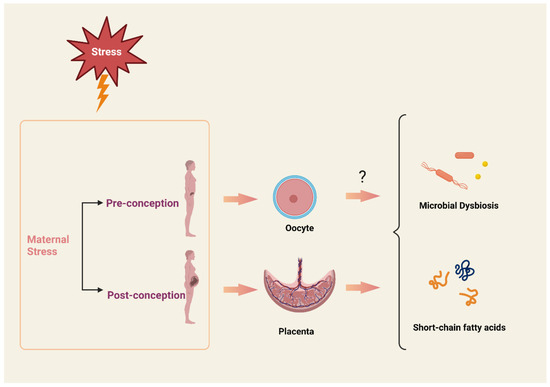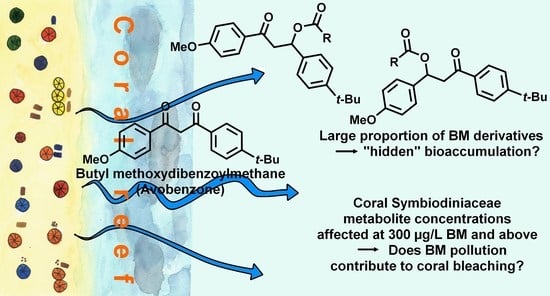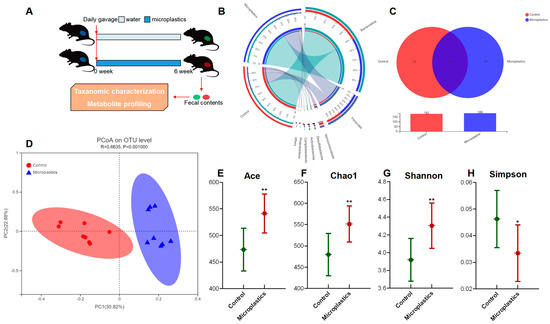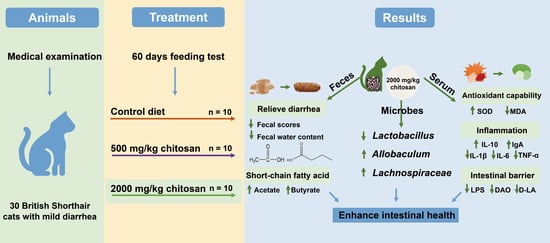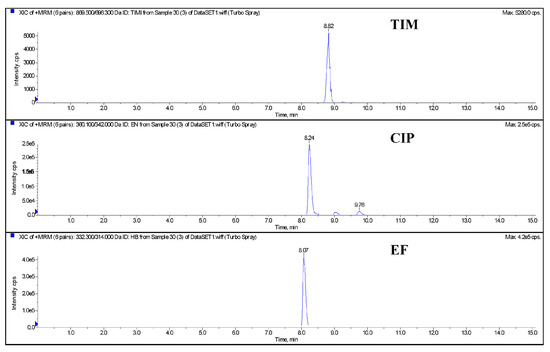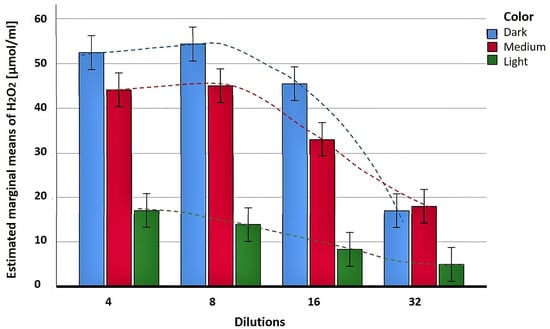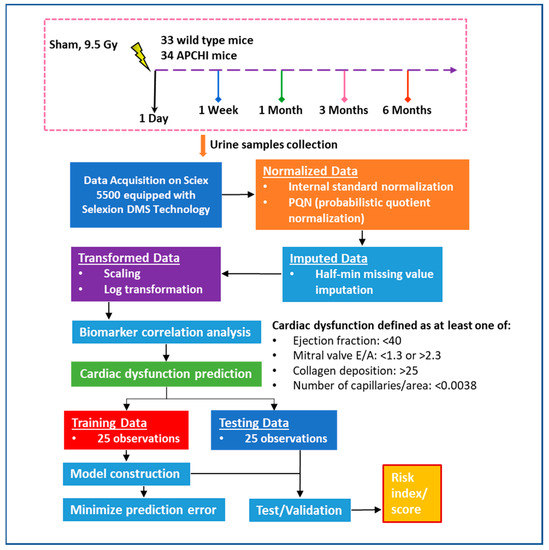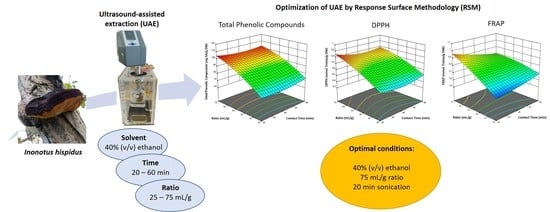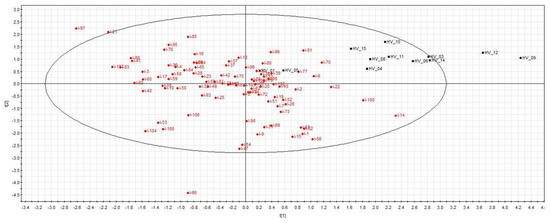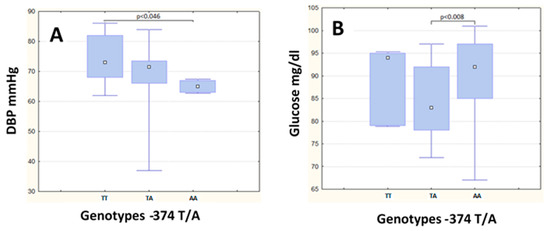Metabolites 2023, 13(4), 535; https://doi.org/10.3390/metabo13040535 - 9 Apr 2023
Cited by 9 | Viewed by 2028
Abstract
Maternal prenatal stress exposure affects the development of offspring. We searched for articles in the PubMed database and reviewed the evidence for how prenatal stress alters the composition of the microbiome, the production of microbial-derived metabolites, and regulates microbiome-induced behavioral changes in the
[...] Read more.
Maternal prenatal stress exposure affects the development of offspring. We searched for articles in the PubMed database and reviewed the evidence for how prenatal stress alters the composition of the microbiome, the production of microbial-derived metabolites, and regulates microbiome-induced behavioral changes in the offspring. The gut–brain signaling axis has gained considerable attention in recent years and provides insights into the microbial dysfunction in several metabolic disorders. Here, we reviewed evidence from human studies and animal models to discuss how maternal stress can modulate the offspring microbiome. We will discuss how probiotic supplementation has a profound effect on the stress response, the production of short chain fatty acids (SCFAs), and how psychobiotics are emerging as novel therapeutic targets. Finally, we highlight the potential molecular mechanisms by which the effects of stress are transmitted to the offspring and discuss how the mitigation of early-life stress as a risk factor can improve the birth outcomes.
Full article
(This article belongs to the Special Issue The Effect of Probiotic Supplementation on Gut Microbiota and Their Metabolic Potential in Psychiatric Patients)
►
Show Figures
